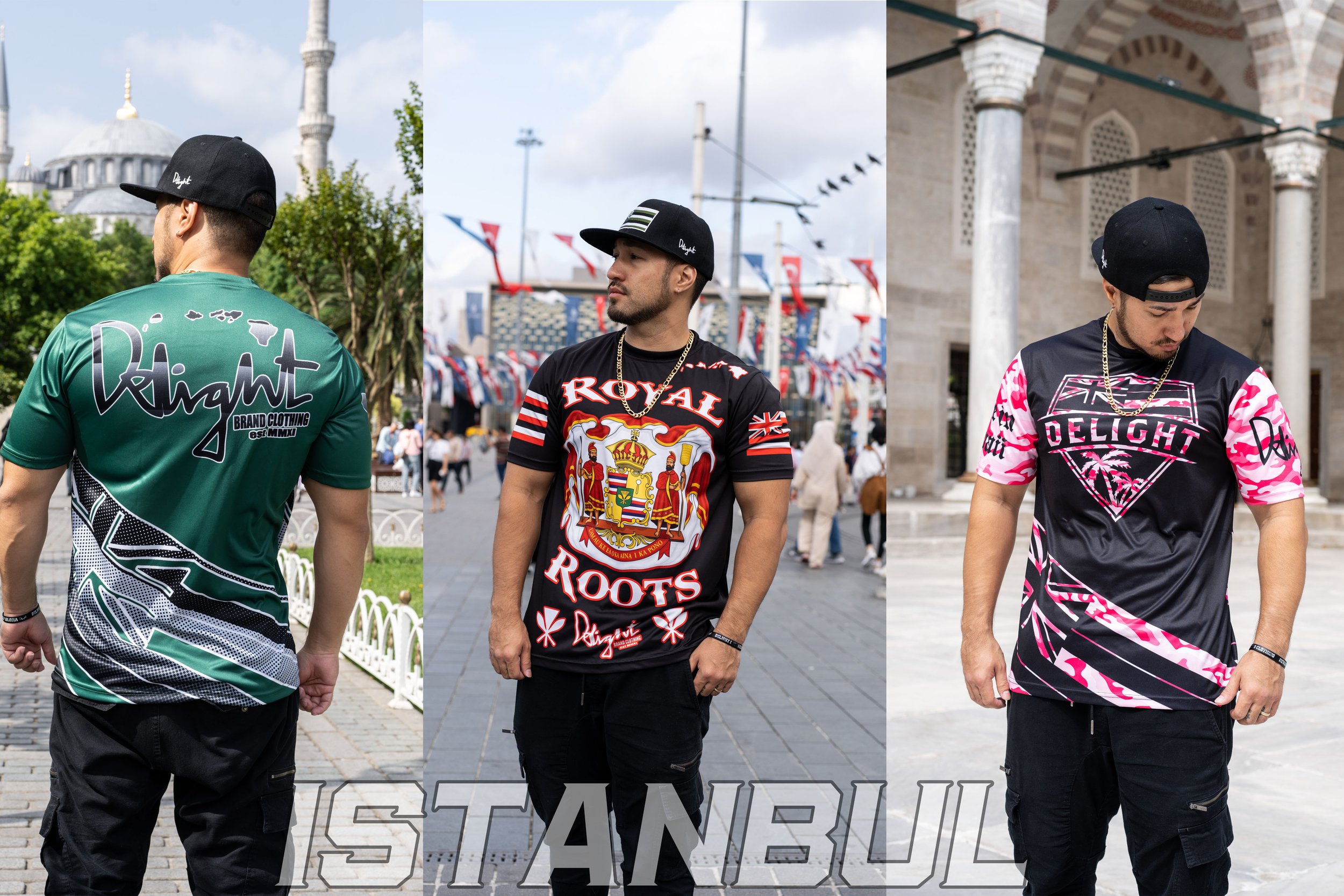Branded Clothing Maintenance Tips Based on Fabric Composition
Branded Clothing Maintenance Tips Based on Fabric Composition
Blog Article
Recognizing Clothing: The Relevance of Textile Options in Your Wardrobe
The selection of fabric in clothing plays a critical duty in both visual appeals and capability. Various products provide varying levels of breathability, toughness, and comfort, directly influencing the wearer's experience. Comprehending these nuances can improve one's wardrobe significantly. Numerous overlook how these selections can impact not simply individual design, however also sustainability. What material choices could redefine your wardrobe and align it with both style and obligation?
The Role of Material in vogue and Functionality

Typical Material Kinds and Their Features
When selecting clothing, comprehending the features of common material kinds is essential for making notified choices. Cotton, a widely-used natural fiber, is recognized for its flexibility, soft qualities, and breathability, making it ideal for sportswear and daily garments. Bed linen, an additional all-natural choice, flaunts superb moisture-wicking homes and a distinctive structure, perfect for warm climates.Wool, commonly favored for its warmth and sturdiness, varies in excellence; merino wool is soft against the skin, while coarser types are made use of for outerwear. Synthetic textiles like polyester and nylon supply durability and resistance to wrinkles, making them preferred for activewear and travel garments. Ultimately, blends, which incorporate artificial and all-natural fibers, can enhance capability while preserving comfort. By recognizing these fabric qualities, people can pick clothes that lines up with their way of living and aesthetic choices.
Breathability and Comfort: Selecting the Right Fabrics for Various Climates
Picking the ideal textiles for different climates can considerably enhance comfort and total wearability. Breathable products are vital in warm climates, as they allow air circulation and moisture evaporation. Fabrics such as cotton, bed linen, and moisture-wicking synthetics effectively attract sweat away from the body, maintaining the user cool and dry. Alternatively, in colder climates, thicker materials like woollen or fleece provide insulation while keeping breathability, making certain warmth without overheating.Additionally, the option of fabric weight plays an important duty; lightweight textiles are more suitable for summer, whereas much heavier alternatives are suited for winter season wear. Recognizing the distinct properties of each textile enables people to clothe appropriately for varying climate condition. Eventually, selecting comfortable and breathable fabrics tailored to certain environments can significantly improve day-to-day convenience and boost the general experience of wearing apparel.
Durability and Treatment: How Textile Impacts Longevity of Your Closet
Choosing the best products can significantly affect the longevity and treatment requirements of a wardrobe. Fabrics such as cotton and polyester are recognized for their durability and ease of maintenance, making them ideal for everyday wear. On the other hand, delicate products like silk and lace call for more cautious handling and specialized cleansing methods, which can enhance the time and effort needed for care. Branded Clothing.Durability is also influenced by the textile's weave and surface; securely woven textiles often tend to withstand damage better than freely woven options. Additionally, artificial blends usually give enhanced sturdiness, integrating the very best qualities of numerous fibers.Understanding the treatment directions for each fabric is important, as incorrect dig this cleaning or drying can bring about early wear. Inevitably, selecting durable products can lead to a longer-lasting wardrobe, minimizing the regularity of replacements and adding to an extra sustainable style option
The Influence of Textile on Fit and Silhouette

Lasting Textile Options: Making Eco-Friendly Choices
The influence of material expands beyond fit and shape to encompass ecological factors, triggering an expanding rate of interest in lasting material options. Green textiles, such as natural cotton, hemp, and Tencel, are acquiring grip among customers who prioritize sustainability in their wardrobes. These products are often produced with fewer chemicals and water, minimizing their environmental footprint.Additionally, recycled materials, made from post-consumer waste, use an innovative solution to the fabric market's pollution trouble. Brands significantly welcome transparency in their sourcing approaches, permitting customers to make educated decisions regarding their purchases.Choosing lasting textiles not only supports ethical techniques however likewise motivates the fashion business to take on even more responsible production techniques. As awareness of environmental concerns rises, people are urged to review the lasting influence of their fabric options, fostering a movement towards an extra lasting and eco aware technique to style.
Elevating Design: How Material Can Transform an Attire
While numerous might concentrate on color and cut when choosing an attire, the selection of material plays a necessary duty in elevating style and boosting general look. Different products share unique state of minds and messages; for instance, silk exudes high-end and sophistication, while denim provides an informal, kicked back vibe. The appearance and drape of a fabric can substantially modify the silhouette, with organized materials Continued supplying a refined look and softer ones producing an extra fluid, unwinded aesthetic.Moreover, the weight of the fabric influences wearability throughout periods. Light-weight fabrics like bed linen and cotton are ideal for summertime, while larger products such as wool and velour give heat and elegance in cooler months. Understanding textile buildings, such as breathability and stretch, also encourages individuals to make informed options that boost convenience without jeopardizing design. Ultimately, the ideal textile can transform an outfit from regular to phenomenal, making it an essential consideration in any kind of closet.
Often Asked Concerns
Exactly how Do I Identify the Fabric Web Content of My Apparel?
To identify fabric web content, one can analyze care labels, conduct burn tests for fiber identification, or seek advice from material examples. These techniques help set apart products, making certain notified selections for clothing treatment and maintenance in day-to-day wear.
Can Material Selection Affect My Mood or Confidence?
Material option can greatly influence a person's mood and self-confidence. Branded Clothing. Certain products might stimulate feelings of comfort or style, while others can feel unflattering or restrictive, eventually affecting self-perception and go to this website emotional wellness throughout the day
What Fabrics Are Best for Sensitive Skin?
For individuals with delicate skin, all-natural fabrics like bamboo, bed linen, and cotton are commonly advised. These materials are breathable, hypoallergenic, and much less likely to create irritability, making them ideal options for comfort and skin health and wellness.
How Do I Appropriately Wash and Care for Various Fabrics?
To properly care and clean for various textiles, one must think about each material's particular needs, consisting of temperature setups, cleaning agents, and drying out approaches, guaranteeing longevity and preserving the fabric's initial top qualities for excellent use.
Exist Certain Fabrics for Athletic or Performance Wear?
Sports or efficiency wear often makes use of fabrics such as polyester, nylon, and spandex. These materials are created for moisture-wicking, breathability, and flexibility, improving activity and convenience during exercises while supplying longevity and assistance. On the other hand, in chillier environments, thicker materials like wool or fleece supply insulation while keeping breathability, guaranteeing warmth without overheating.Additionally, the option of material weight plays a vital duty; lightweight textiles are more suitable for summertime, whereas heavier choices are fit for winter months wear. In contrast, fragile materials like silk and lace need more cautious handling and specialized cleaning approaches, which can increase the time and initiative needed for care.Durability is also influenced by the fabric's weave and surface; firmly woven fabrics tend to withstand wear and tear far better than freely woven choices. In comparison, inflexible materials can restrict activity however provide a classic, refined look.Moreover, the thickness and texture of the fabric can affect the aesthetic assumption of body shape. The effect of material prolongs beyond fit and silhouette to include ecological factors, prompting an expanding passion in sustainable material choices. The appearance and drape of a material can drastically change the silhouette, with structured textiles offering a refined look and softer ones creating an extra fluid, loosened up aesthetic.Moreover, the weight of the material influences wearability across periods.
Report this page